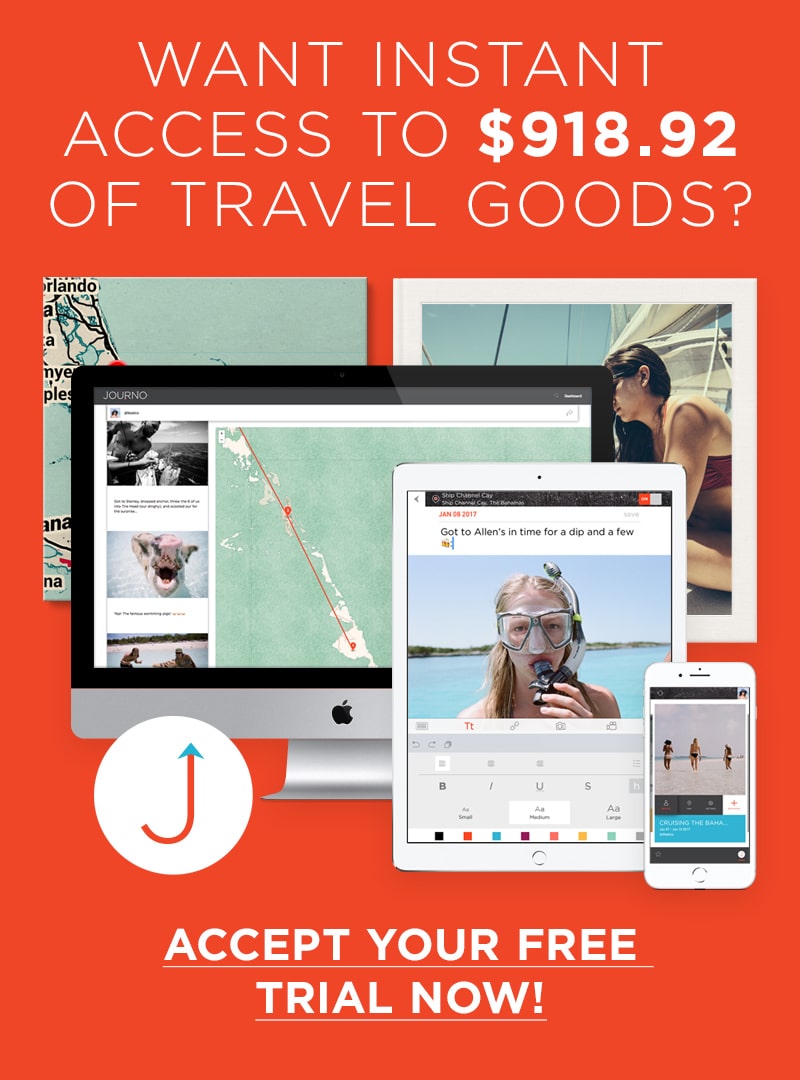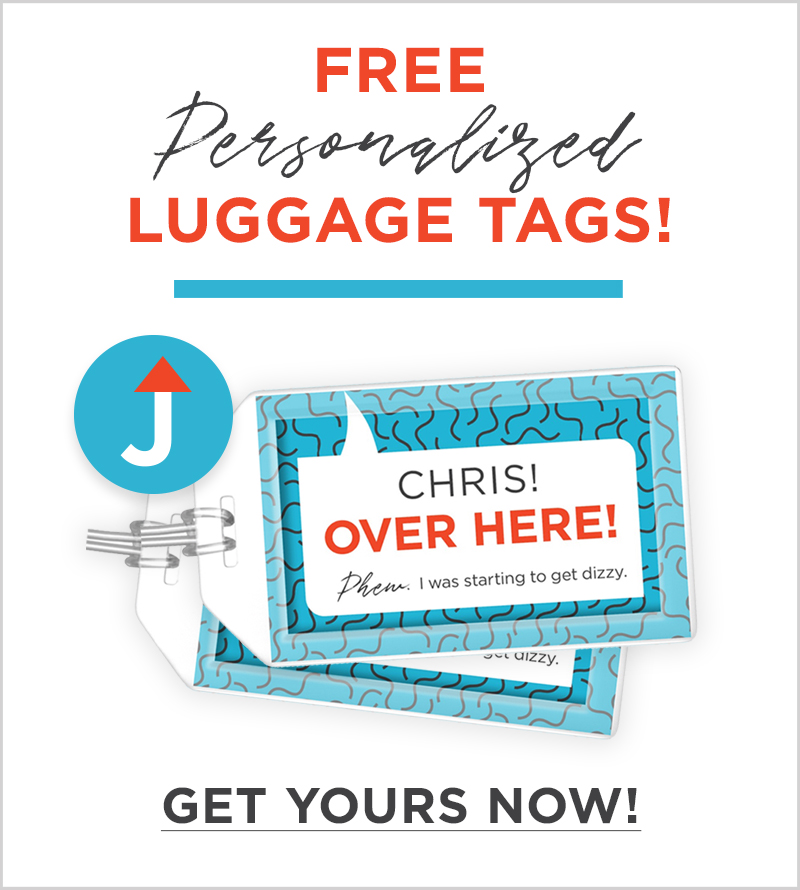When you’re pitching travel stories to editors, following up with tourism boards and PR contacts, or simply following up on a previous conversation, it is important to know the best practices for constructing your email.
In the travel writing industry, a follow-up email template creator is much needed. Further below, we expand on the main principles of effective follow-up emails and provide advice to ensure that subsequent emails get the job done.
Why Follow-Up Emails Matter
The question arises of how to send a proper follow up email? A follow-up email simply is a means of reminding your recipients and also staying connected with them. They can be used in the way to elevate response rates, develop relationships, and take the conversation to the next level. Knowing how to write a follow up email is a good thing that can give you leverage in a traveler’s daily inbox.

Key Benefits of Follow-Up Emails
Builds on what was given during the first communication and is intended to make the recipient agree with the sender. Here are the essential components:
- Shows dedication to covering destinations thoroughly
- Persuades the recipients to perform some action.
- Helps to establish better relationships between people.
If you embrace appropriate methods used in follow-up emails, you shall enhance the communication plan and possibly enhance the result. A well-formatted email has a higher chance of being read and especially followed than an email that is just randomly put together.
A Clear and Engaging Subject Line
Probably, the first and foremost requirement to have an engaging subject line is to write a simple yet compelling text. For example:
- Following up on Bali destination coverage
- Checking in: Your thoughts on the adventure tourism piece?
The subject line is the first that the recipient opens and in fact, forms the first impression of a message.
A Polite Opening
Start with the name greetings and recall that you two have spoken before. Show appreciation for their time or input:
- Greetings to whoever will be coming across this message, I hope you are in good shape. There is no doubt that the current debate is a natural continuation of our recent conversation…
Effective Follow-Up Email Tips
To illustrate, writing a follow-up email is more about the perfect wording than one might think. Here are some additional tips:
- Personalize Your Message
Make your email personal, and adapt it to include travel-specific examples, previous destination coverage, or past collaborations with tourism boards. Take past feedback and use the details as evidence that acknowledges their presence, and opinion.
- Timing Matters
One of the critical things that will help you understand how to start a follow-up email is acknowledging when to do it.
- Keep It Brief
This is so because getting to the point by avoiding the use of unnecessary words while making the message brief is an effective technique when remote working, to ensure that the recipients open and actually read the mail.
As a result, do not overload them with many long messages at the same time. Allow 2-3 days before calling or writing again 15.
Sample of Follow Up Email Wording

(Image courtesy of Pixabay)
Effective Follow-Up Phrases
- “Have you had a chance to review the destination photos yet?”
- “Let me know if you need additional details about the resort/location”
- “Looking forward to potentially covering this destination”
Wording for follow-up email refers to certain important steps for the proper writing of a follow up email.
- First of all, the subject line should be effective, though.
- Start with keywords that are polite and professional.
- State your purpose concisely.
- Always provide a call to action.
End the meeting as politely and professionally as you came into the meeting.
Common Mistakes to Avoid
When learning how to start follow-up email messages, avoid these pitfalls:
- Following up for an appointment too many times when a response is not received.
- Subject lines are important hence the following mistakes should never happen. Using general or ambiguous subject lines, taking over, or being pushy in the communication process.
- Not considering publication lead times for seasonal travel content is also a mistake.
Conclusion
Effective follow up can greatly enhance your general communication and relationship management. It builds relationships with tourism boards, editors, and industry contacts. By reading the tips above and using proper follow-up email wording for the follow-ups, you improve your success rate.
Thank you for being with us today! We hope you’ve uncovered some exciting travel tech to enhance your next adventure. We’d love to hear your thoughts, suggestions, or feedback—feel free to share them below!














